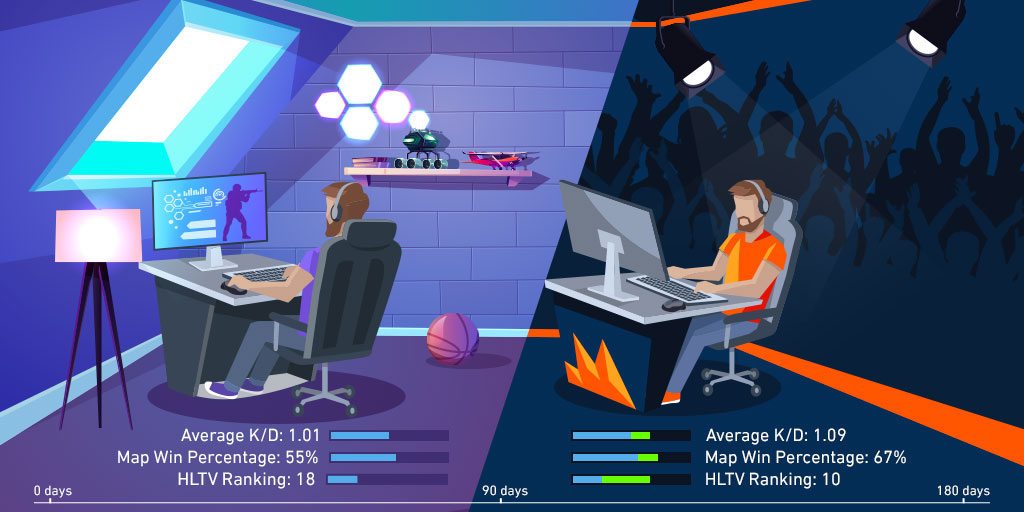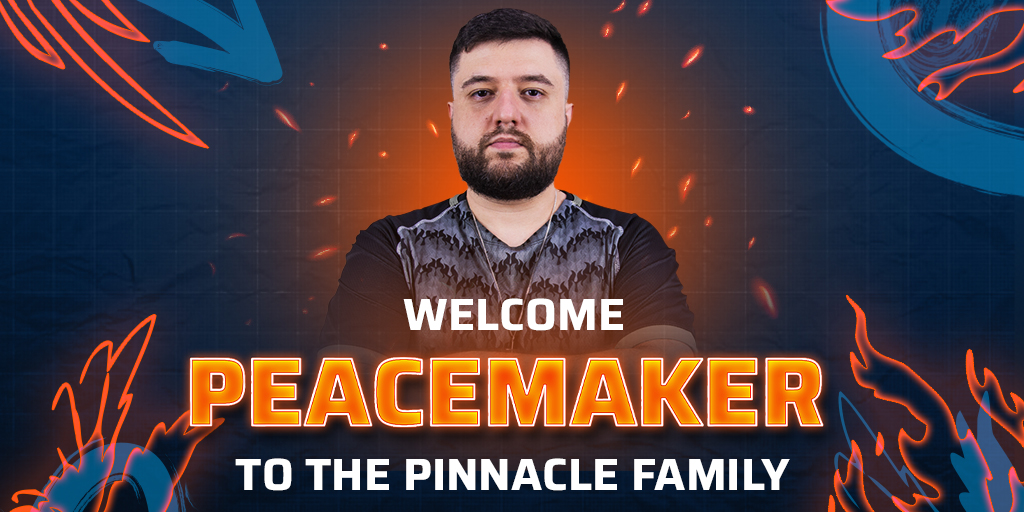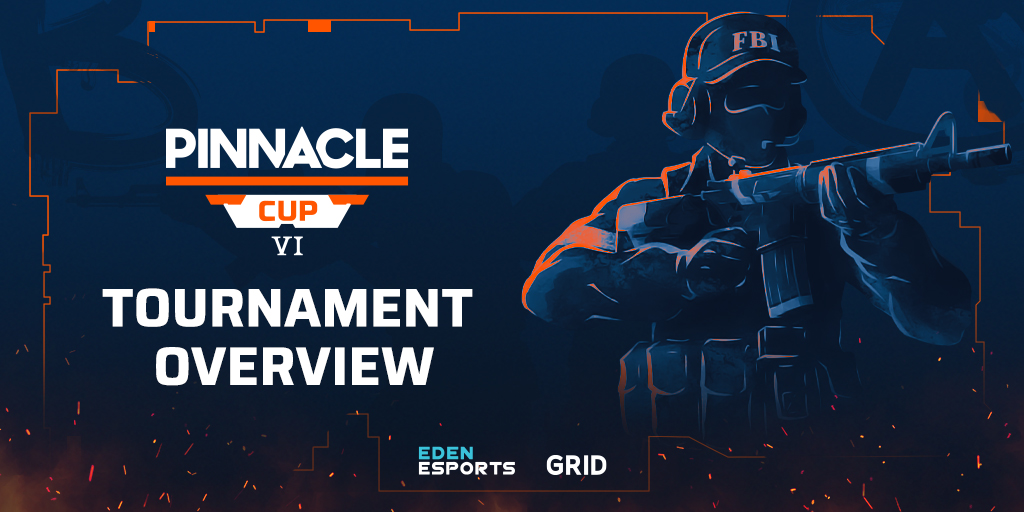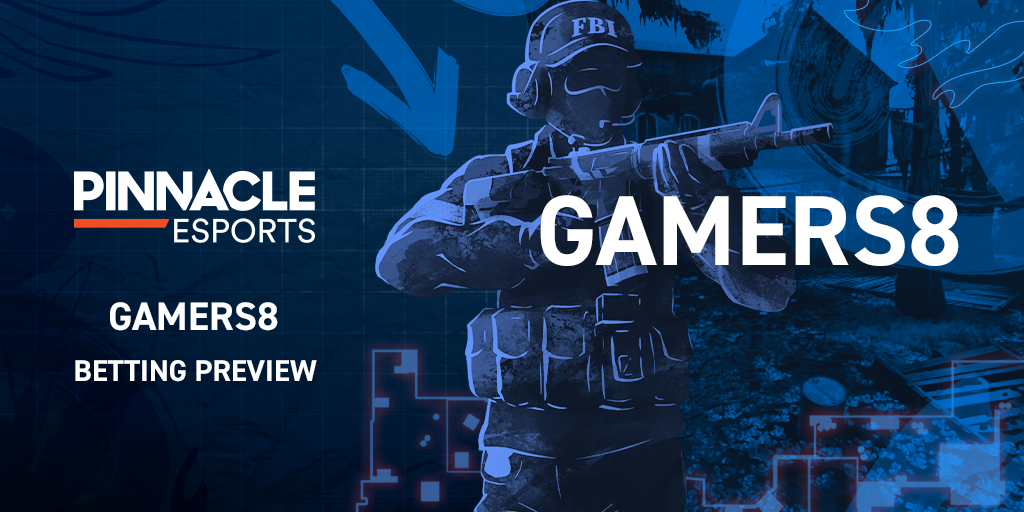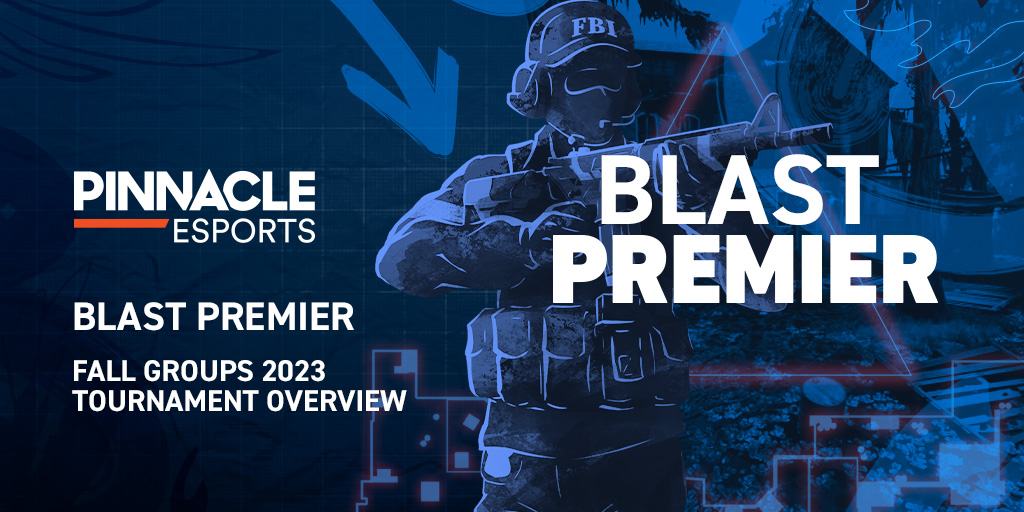|
Team |
Players out |
Players in |
|
NAVI |
flamie |
b1t |
|
G2 Esports |
kennyS |
JACKZ |
|
MOUZ |
chrisJ |
acoR |
|
FaZe Clan |
coldzera |
olofmeister |
|
Ninjas in Pyjamas |
nawwk |
dev1ce |
CS:GO betting expert Adam Boothe explores how roster changes can influence a team's win probability and identifies the indicators to watch out for when assessing whether a roster change was a success. Read on to find out more.
In January 2021, the longest-tenured CS:GO pro with a single organisation, “chrisJ”, announced his departure from MOUZ (formerly mousesports) after eight years. During that period he was benched several times but quickly brought back into the starting roster. Thus the infamous ‘-chrisJ +chrisJ’ meme was born. However, it appears as though this will be the last time he will play in a MOUZ jersey, according to the club.
The “chrisJ” tenure is significant because he was never the star of any iteration of the roster over that period of time. In fact, during those instances when he was benched, it is possible that no other top-level teams were interested in picking him up, leading to his inability to go anywhere else. However, in a positive sense, the organisation also knew that “chrisJ” was willing to put the team before himself on many occasions to ensure it would be his home.
In fact, of all the top 20 teams this year, no other player has stayed with the same squad since 2015.
Yet, it must be asked why there are so few players like “chrisJ” around. How is it, with the size of CS:GO over this past decade, that more clubs have not held the loyalty of at least a few of their players? In fact, of all the top 20 teams this year, no other player has stayed with the same squad since 2015. The next longest-running relationship between player and club is “EliGE” and Team Liquid (he joined in the spring of 2015). Following him, we have a handful of players who have been with their team since 2016: “s1mple”, “rain”, “gla1ve”, “Xyp9x”, and “KRIMZ”. That’s it. From the end of 2016 until the beginning of 2022 there are a total of seven players who have remained with the same esports organisation.
It should be noted that the greatest CS:GO team of all time, Astralis, retained the same five-man squad for approximately five years. Additionally, it is typically the organisation that is in favour of shorter contracts, not the players, as they are under far more pressure to see results quickly. So it must be asked: What is an expected time frame within which a team should expect to see results? And at what point is it determined that a particular player, or roster, has run its course?
Both questions here are certainly subjective, insofar as every manager, coach, analyst and fan will have different ways of drawing conclusions on them. Some will have opinions on fair opportunities for a new roster, or feel the need to provide context on why one did not work. However, with the second question, we can pull some results and perhaps narrow down a tipping point between an improved rate of success or certain failure.
To try to answer with a measure of consistency and relevance to the most viewed echelon of CS:GO, we looked at the top 20 HLTV teams starting 2021 and the roster changes made between January and November of that year.
Of the top 20, there was only one organisation that did not make a roster change in 2021: Gambit. They did in 2020, which coincided with their record-breaking climb to the top of CS:GO; however, it is not included in this overview. FunPlus Phoenix are also not included here. Though they began 2021 in the top 20, they did not play a significant sample of matches with any five-man roster prior to adding “emi”. Another team who might have qualified based on their ranking and roster moves was Chaos Esports Club; however, the majority of that roster departed for VALORANT. The replacement teams for Gambit, FunPlus Phoenix, and Chaos Esports Club are MIBR, SAW, and Team One.
The three performance indicators recorded were the average Kill to Death (KD) ratio of all five players, the Map Win percentage, and their HLTV ranking.
The timeline of each new roster was sectioned into three categories: 90 days preceding the prior iteration’s last map together; the first 90 days after the new player’s first map with the team; and the first 180 days after that player’s first map with the team. The three performance indicators recorded were the average Kill to Death (KD) ratio of all five players, the Map Win percentage, and their HLTV ranking. None of these indicators are completely independent of each other, nor could they ever be. Note that we were not trying to determine which of the three is the best indicator for improvement, though you will frequently hear both professionals and coaches discuss their rank rather than the other two. The real test here was to see whether we could plot an approximate time frame within which teams are likely to show reliable signs one way or the other.
After analysing those 20 teams through 25 roster moves, the results were rather eye-opening given how frequently players are traded, benched or leave an organisation. Among all moves included, only 12 resulted in an improved ranking at any time in the six months following the acquisition.
There were just five instances where a team improved on all three indicators after 180 days:
It is interesting to note that both “olofmeister” and “dev1ce” are not currently in the active rosters of their respective teams and for unique reasons. “olofmeister” has been a substitute for FaZe Clan for several years now and has played a huge sample of games with “karrigan” and “rain”, and many official matches with “broky” as well. “olofmeister” replacing “coldzera” is a unique situation insofar as his reentry into FaZe was temporary from the outset.
In regards to “dev1ce”, only he can really know what is going on; however, he has contradicted public reports that he wanted to return to Astralis and has instead acknowledged that he needs to work on his mental health despite being the biggest blockbuster transfer in 2021 when he joined NIP from Astralis.
It is safe to say that the other five squads who improved on at least two of those key indicators after 180 days were wise enough to recognise it. But what about the majority of teams who did not see consistent improvement after six months?
Every team which improved their rank over that 180 day time period retained their pickup entering 2022. However, of teams that improved in both Map Win rate and KD ratio but not their ranking, only 40% stayed together. This lends itself to a theory that your status in comparison to others is acted upon in more instances than perhaps is warranted. Yet again, each change could also be attributed to personal differences, so to speak.
The context for these roster moves is very important and the interpersonal relationships within teams can play an immeasurable part in this. Additionally, some swaps, like “olofmeister” for “coldzera” – which had ‘stand-in’ written all over it – are not equitable to a three-player pickup.
Despite how frequently we hear players, coaches, analysts, and fans discuss team ranking as a clear indicator of success, its absence should not necessarily mean a lack of success. This can be unique to this title given how both the CS:GO competitive circuit and the HLTV rankings are set up. Getting ‘worse’ in relation to the rankings while actually improving on the other indicators is possible for a team. 36% of player moves improved their new roster’s rank within those first 90 days; however, after 180 days only a third of organisations had retained that figure or improved upon their original position.
The further we move down the ranking, the more drastic an effect player moves may have. A few more wins or losses can result in drastic swings.
The other two metrics provided much more compelling evidence for necessary roster changes. After 90 days, 56% of player moves resulted in an improved Map Win rate and 68% saw their KD ratio move up. Further, after 180 days, 76% of player moves had provided more success for the team’s Map Win rate and 72% had a better KD ratio. Given how little the needle moved between 90 days and 180 days for those teams who began on a path to success, there is perhaps an argument that 90 days can be a good enough indicator for team management to make some judgments.
This logic, but separately applied to ‘losing’ teams, maybe the reason why so many of them did not even see 180 days with their new rosters. 20% of new rosters did not see it through to the final date of our sample (November 2021) and, in each of those, both Map Win rate and HLTV ranking declined considerably. It should be noted that the further we move down the ranking, the more drastic an effect player moves may have. A few more wins or losses can result in drastic swings compared to for the top five or 10 teams, who need to show far more consistent match and tournament results to move the same number of places in the rankings.
This is another reason for only using HLTV rankings in the upper echelon. Both Team One and SAW moved from the 20s into the 50s with one roster move and minor changes in their Map Win rate. However BIG, after “XANTARES” left, only moved seven places in the rankings despite nearly a 20% drop off in the number of maps won and furthermore, they benched “gade” in December before he reached 180 days with BIG.
In regards to the KD ratio indicator, 48% of rosters started with a KD rating of below 1.0. Within 909 days, every team in the top 10 who were below that standard prior moved to a minimum KD ratio of 1.01. Furthermore, all rosters improved at least 0.01 over the same period of time.
48% of teams also had below a 50% Map Win rate prior to their move. This is curiously low given how many teams made moves. It likely, subjectively, breaks our roster moves into team-initiated or player-initiated. In this category, 75% of teams improved their Map Win rate including 100% of those that started 2021 in the top 10 of the HLTV rankings. Within that top 10, the average Map Win rate prior to the move was 40.5%, and within 90 days moved to 61%.
A few of the teams eventually slowed down slightly, but all teams that had moved from below 50% to above it within 90 days remained above 50% after 180 days. Additionally, some teams who entered 2021 with an above 50% rate also improved – for example, NAVI entered 2021 with a pretty strong 52% Map Win rate with “flamie” but moved to 62% with “b1t” after 90 days and 65% after 180 days.
Statistically speaking, six organisations made 10 player swaps we might call ‘excellent’, at least during the period of the sample. Some of those moves were announced in conjunction with one another, while others were announced separately, leading to different timelines of data.
The average Map Win rate amongst these teams prior to their change was 40% and their KD ratio was 0.97, moving to 65% and 1.10 respectively within 90 days.
Yet, anecdotally, it is hard to deny a more impactful swap than “b1t” replacing “flamie”. Given NAVI’s dominance in the latter half of 2021, it should be highlighted as one of the best swaps, even if the prior iteration were also capable of making deep tournament runs consistently.
Recently, current G2 coach XTQZZZ (formerly of Team Vitality) was interviewed by HLTV. He made a statement that his newly formed team, with the additions of “m0NESY” and “Aleksib”, would need “three or four months” to be ready for the upcoming PGL Major in May. He followed up on this exact timeline in regards to a question about his old team, who have added “Magisk”, “dupreeh” and legendary Astralis coach, “zonic”.
Combined with this information from a veteran of the scene, who is coaching at the highest level, the numbers in our analysis to an extent support the idea that the three-month mark is the optimum amount of time for a player (or players) to be integrated into a team fully and to yield results. From that point onward, we are for the majority of the time going to continue to see the improved teams show improved performance, and those negatively affected by the swap continue to show a deterioration.
All traditional sports are rife with trades, benchings, recalls from the minors, retirements, and the drafting of new stars and role players. So esports is not unique in the frequency with which we see player movement in and out of teams. To truly do this thread of analysis justice we would need a pool of teams of this calibre to sit still for a year and see the contrasting performance. However, with the itchy trigger fingers of the top organisations and players, I doubt that we will ever be provided an opportunity to undertake such a comparison.

